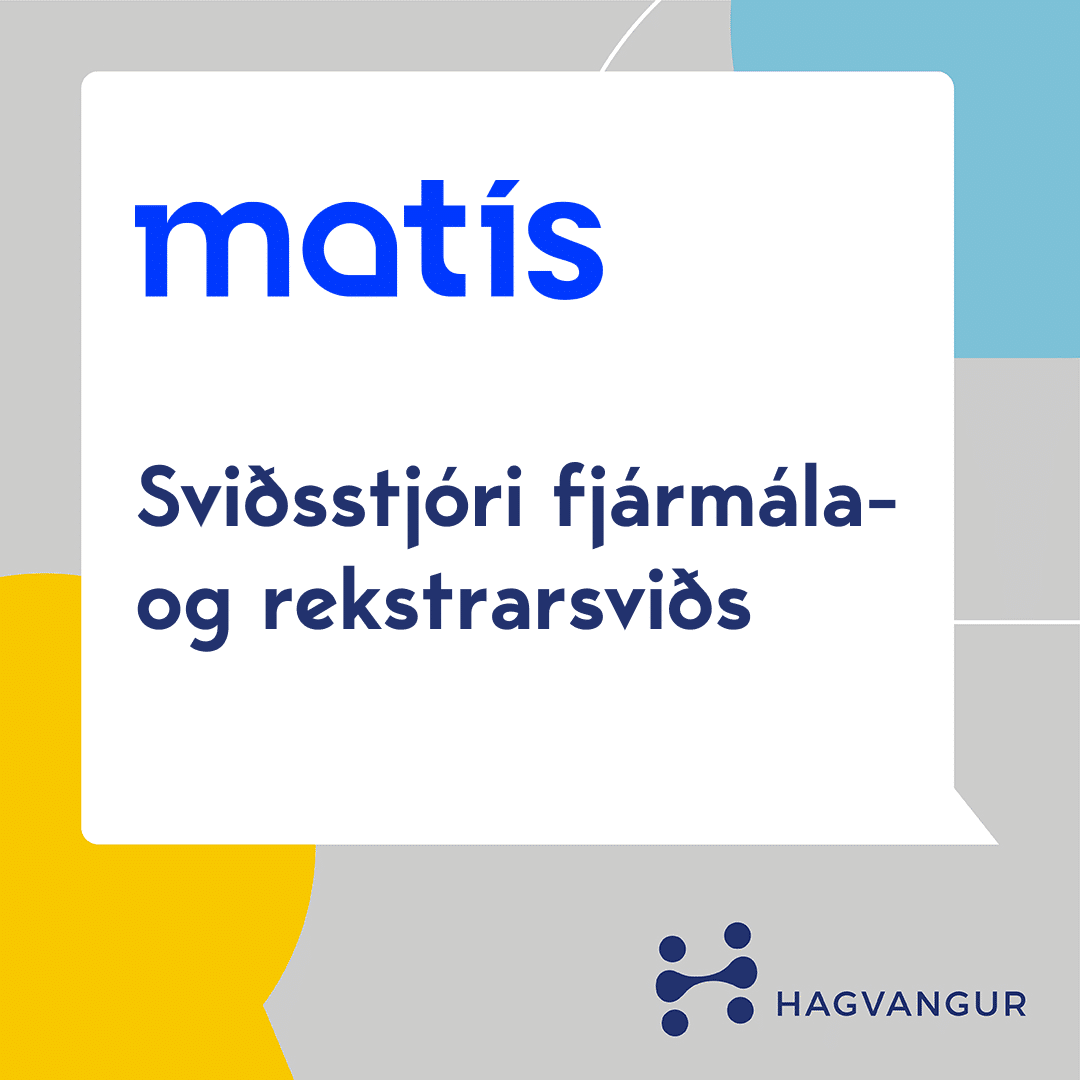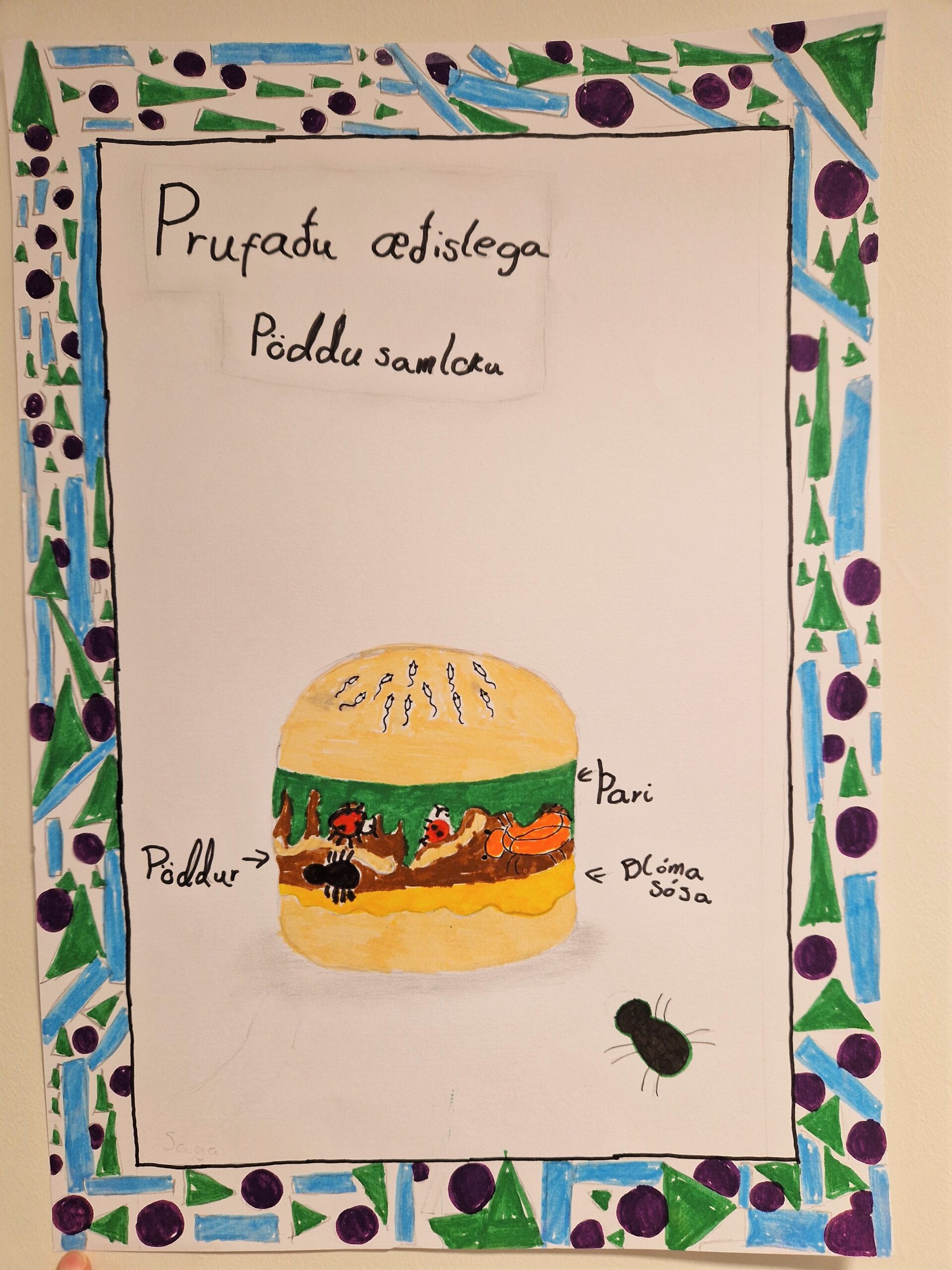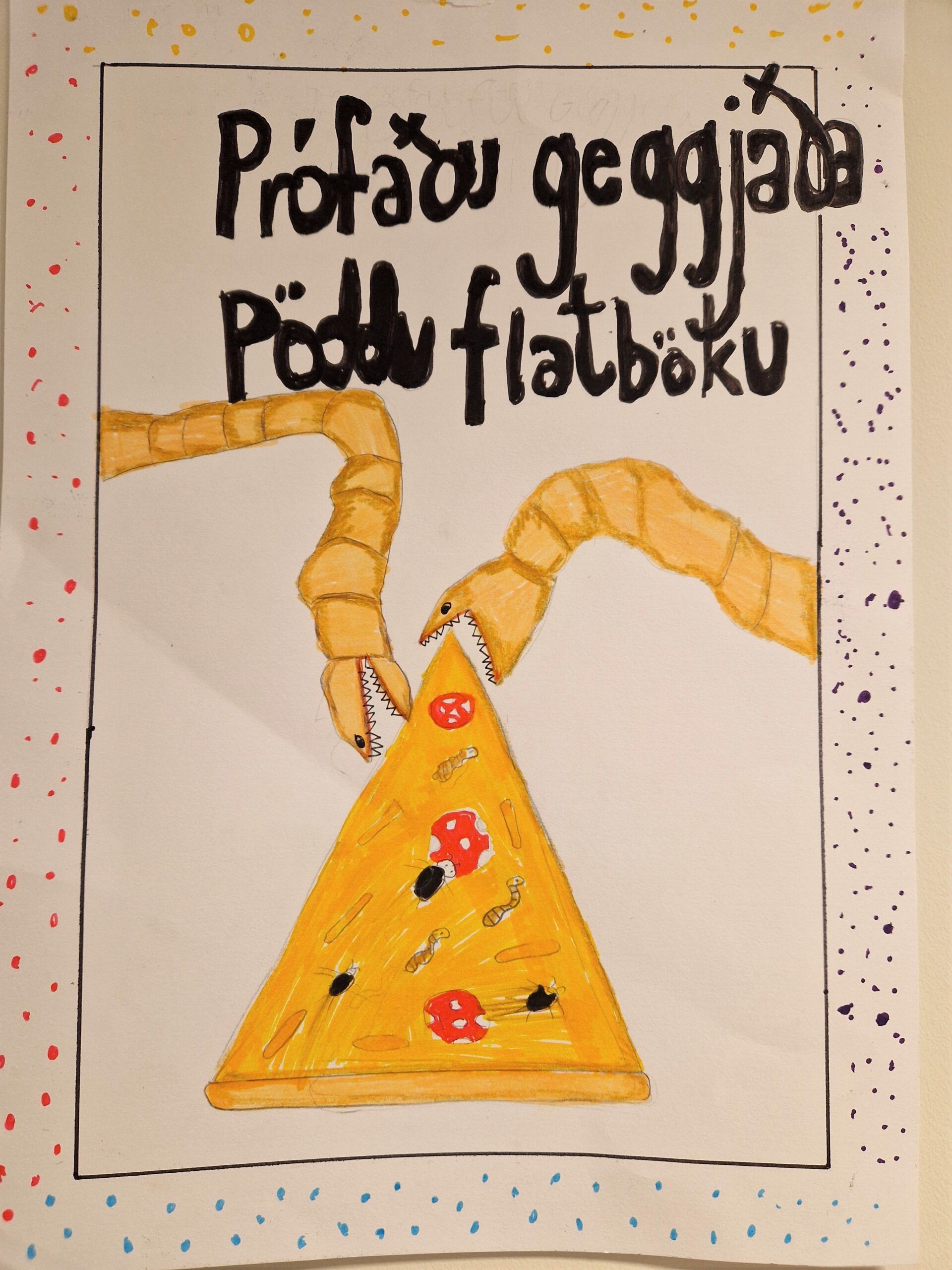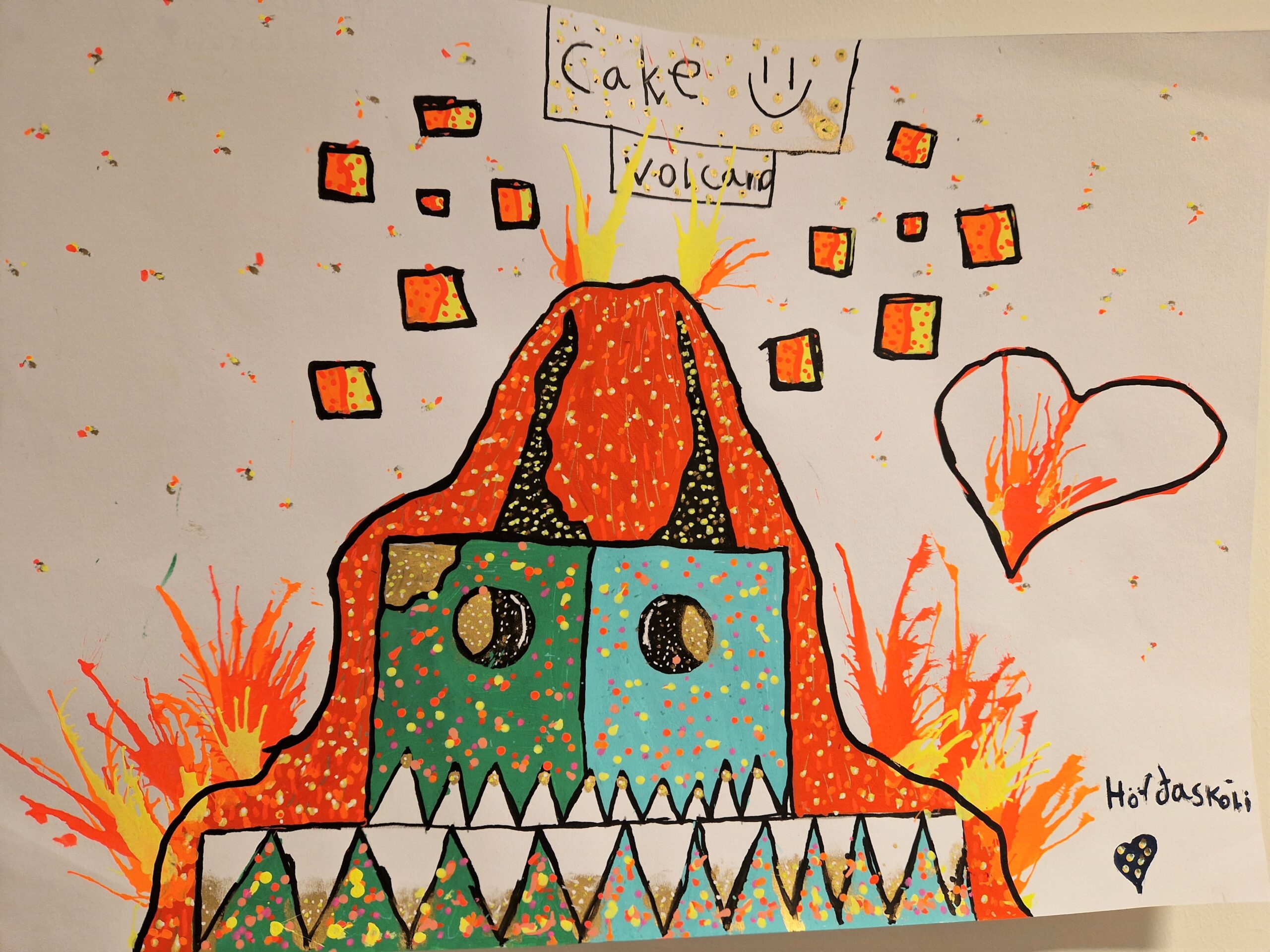Matís is looking for a manager of the finance and operations department. The job involves a lot of communication, negotiation and analytical work. The division manager reports to the CEO.
Main tasks and responsibilities
- Day-to-day management and responsibility for the division's finances, operations and staffing
- Financial planning in collaboration with department managers
- Financial settlement of Matís and settlement of individual projects
- Financial analysis work
- Responsibility for project accounting
- Development of management information and operational metrics
- Supervising the operation of real estate, canteen, equipment, computer system and software
- Overseeing the implementation and development of ICT projects
- Negotiating and communicating with numerous parties
Qualification requirements
- University education in the field of finance, operations
- Experience in accounting and settlements
- Experience in management and operations
- Good analytical skills
- Strong communication and organizational skills
- Good knowledge of financial software
- Experience with digital development and operation of IT systems is desirable
Applications must be accompanied by a detailed CV and cover letter. The application deadline is 23 November. All genders are encouraged to apply.
Information provided by Geirlaug Jóhannsdóttir, geirlaug@hagvangur.is
Matís is a leader in the field of food research and biotechnology. At Matís, there is a powerful group of around 100 employees who are passionate about finding new ways to maximize the use of raw materials, increase sustainability and promote public health. Matís' role is to strengthen the competitiveness of Icelandic products and business life and ensure food safety, public health and sustainable use of the environment through research, innovation and services. Matís focuses on practical research that increases the value of Icelandic food production, promotes the safety and wholesomeness of products and the sustainable use of natural resources.






